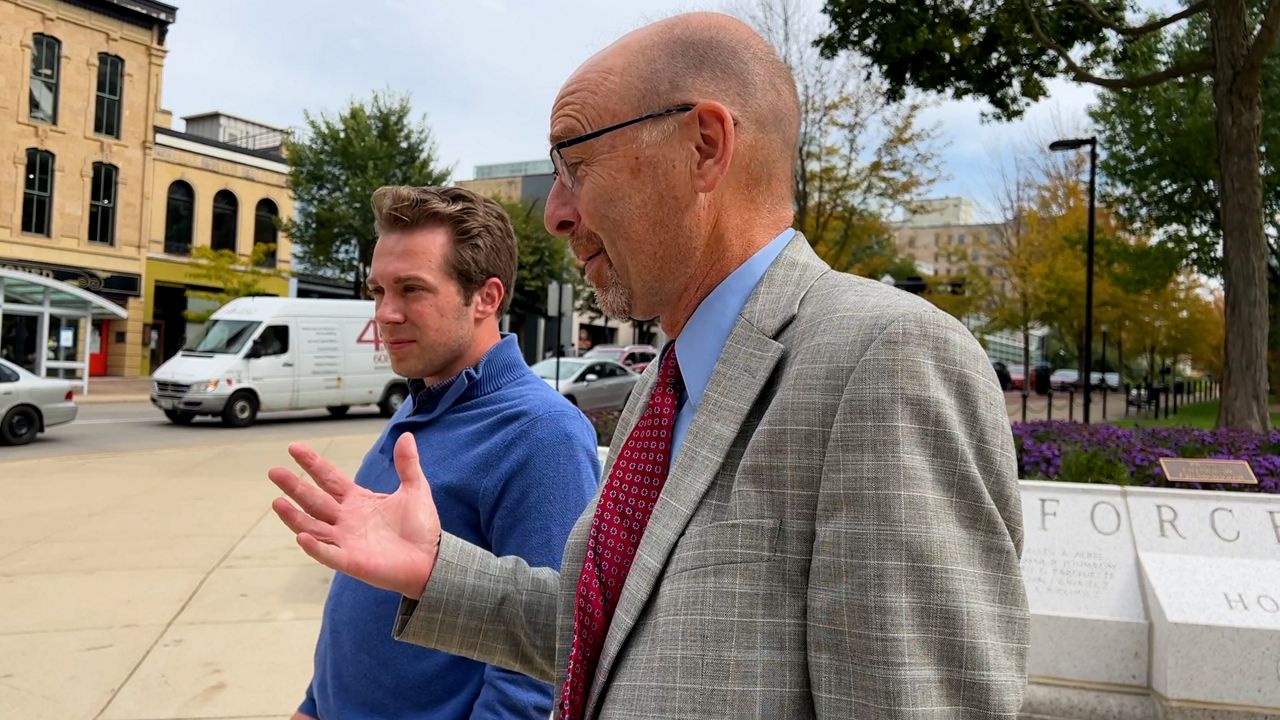MADISON, Wis. — Wisconsin is likely headed for a big workforce shortage.
Simply put: there aren't enough young people here to replace the baby boomers who will turn 65 years old over the next decade.
A new study by Forward Analytics, a Wisconsin-based research organization that provides state and local policymakers with nonpartisan analysis of issues affecting the state, shows increased migration may be the only answer to the workforce shortage.
Dale Knapp has followed the trends for almost 25 years, so the stats from his latest analysis on Wisconsin's workforce weren't surprising.
“What you've got is a bigger baby boom generation than we thought, retiring over the next 10 years, and we don't have enough young people coming up behind them to replace them,” Knapp, the director of Forward Analytics, said.
Figures from the 2020 census show that if 2010-2020 migration patterns continue, the number of working Wisconsinites will drop about 130,000 by 2030.
Nick Novak with Wisconsin Manufacturers and Commerce (WMC) said he knows how hard businesses have struggled to attract and retain young people over the last decade.
“Here in Wisconsin, we don't always like to brag about ourselves, but we need to get out there and have a campaign that is telling people about the great things that Wisconsin has to offer,” Novak said.
However, sharing Wisconsin's story probably won't be enough, since a solution will likely require some state spending too.
“We need to find ways to attract people, maybe through tax reform,” Novak said. “Having a drastic reduction on our income tax would make us more competitive with the Midwest, more competitive nationally. Look into education reforms, that's expanding school choice, getting more STEM education into the schools, a variety of different things.”

Data from federal income tax returns shows a trend from 2012 to 2020, with the state losing 106,000 so-called “families” with the tax filer under age 26.
Often, these are single individuals, which is the group Knapp said he hopes will return to Wisconsin someday.
“If we can get them here, they tend to stay here because they realize we have quality schools, an affordable cost of living, low crime, and we have a lot of great amenities,” Knapp said.
According to the study, Wisconsin could potentially build on those factors to attract those headed into their 30s and 40s, which are the typical family formation years when people want to move back to the Badger State.
